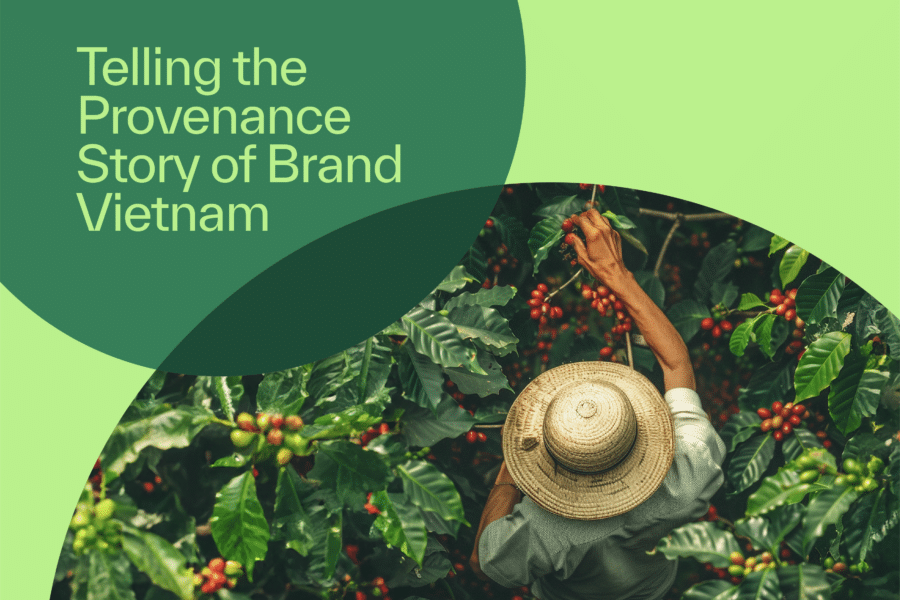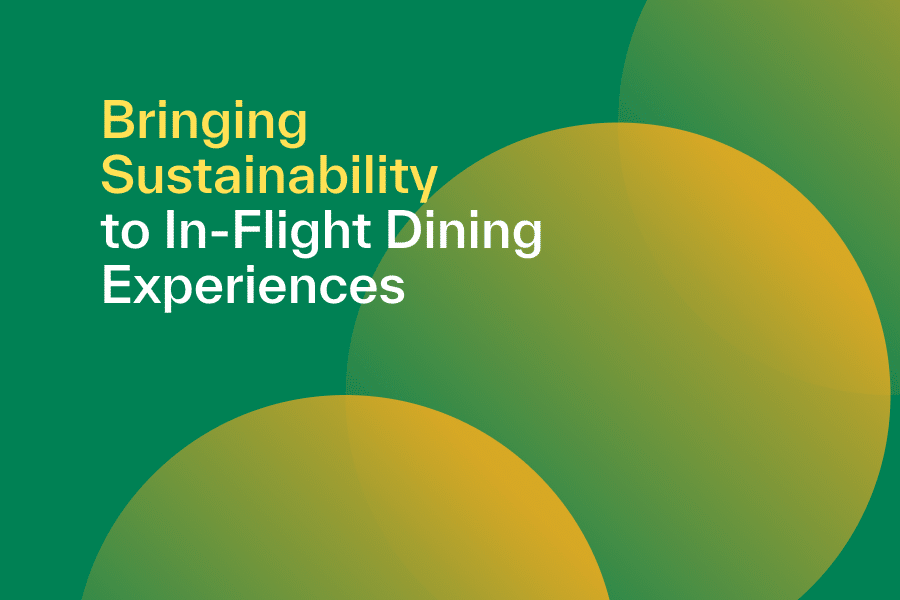Sustainability + F&B Branding
A sustainable packaging trend is whetting the appetites of Vietnamese street diners.
Stroll down famous food markets like Hồ Thị Kỷ or Hồ Con Rùa and you’ll see specialities wrapped in banana leaves instead of plastic boxes. Banana leaves are gaining in popularity across Asia. Not only do they decompose naturally, without needing further treatment, but the leaves also emit an appetising aroma that enhances the food they contain.
Change is on the menu
This is just one way sustainability is being digested by the food and beverage industry. Brands within the F&B industry are selecting from a ‘menu’ of paper, bamboo, or vegetable-fibre as alternative packaging solutions.
Rather than swapping out their takeaway packaging, many brands across Vietnam have also implemented “bring your own” initiatives. Customers bring their own mugs, steel straws, and even lunch boxes to restaurants and coffee shops.
Whether exploring sustainable materials or implementing zero-waste programmes into their operations, one fundamental take-out remains: food and beverage brands are now actively catering to consumer expectations around sustainability practices and experiences.
Organic growth opportunities
Although the pandemic impacted restaurants, cafes, and bars alike in Vietnam, long-term trends are evident. According to research conducted by Food Ingredients Vietnam, the Vietnamese spend up to 48% of their household income on food and beverage. The same research identified that local consumers may be willing to pay higher prices for environmentally conscious, organic products.
With the rise of healthy eating behaviours, consumers also desire to ensure food originates from natural and sustainable sources. The Vietnamese Government is raising awareness around food safety, food quality, and supply chain hygiene. This encourages the growing demand for organically-certified food and beverage products — for which consumers claim to be willing to pay higher prices.
It is time for brands to tap into sustainability trends by finding synergies between local food culture and sustainable market offerings and experiences that truly delight.
Appetite to stay the course
However, from our experience and observing global markets, sustainability is here to stay. A 2020 study by GlobeScan indicated that 75% of Asian consumers want to “significantly lessen their environmental footprint”.
Brands looking to meet consumer demands of the future can take a new course. Part of developing the brand strategy, integrating sustainable thinking into every aspect of the business operations could be the solution. A few food and beverage brands have opted for farm-to-table or utilising food scraps as fertiliser. The brand vision for the business is for a greener and cleaner world.
While it may come with a cost, at least initially, pivoting your brand positioning towards sustainability is an investment for the long run to nourish the longevity of brands. At the same time, inspiring behavioural change in customers involves educating internal stakeholders about what is at stake if sustainability challenges are not infused and baked into the very core of the brand.
By doing so, sustainability is no longer just a tasty snack, but a source of sustainable sustenance for brand, business, society, and environment.
This article was first published in Sustainable Vietnam: A Focus on Sustainability, Partnerships, and Impact on 21 September 2022.









